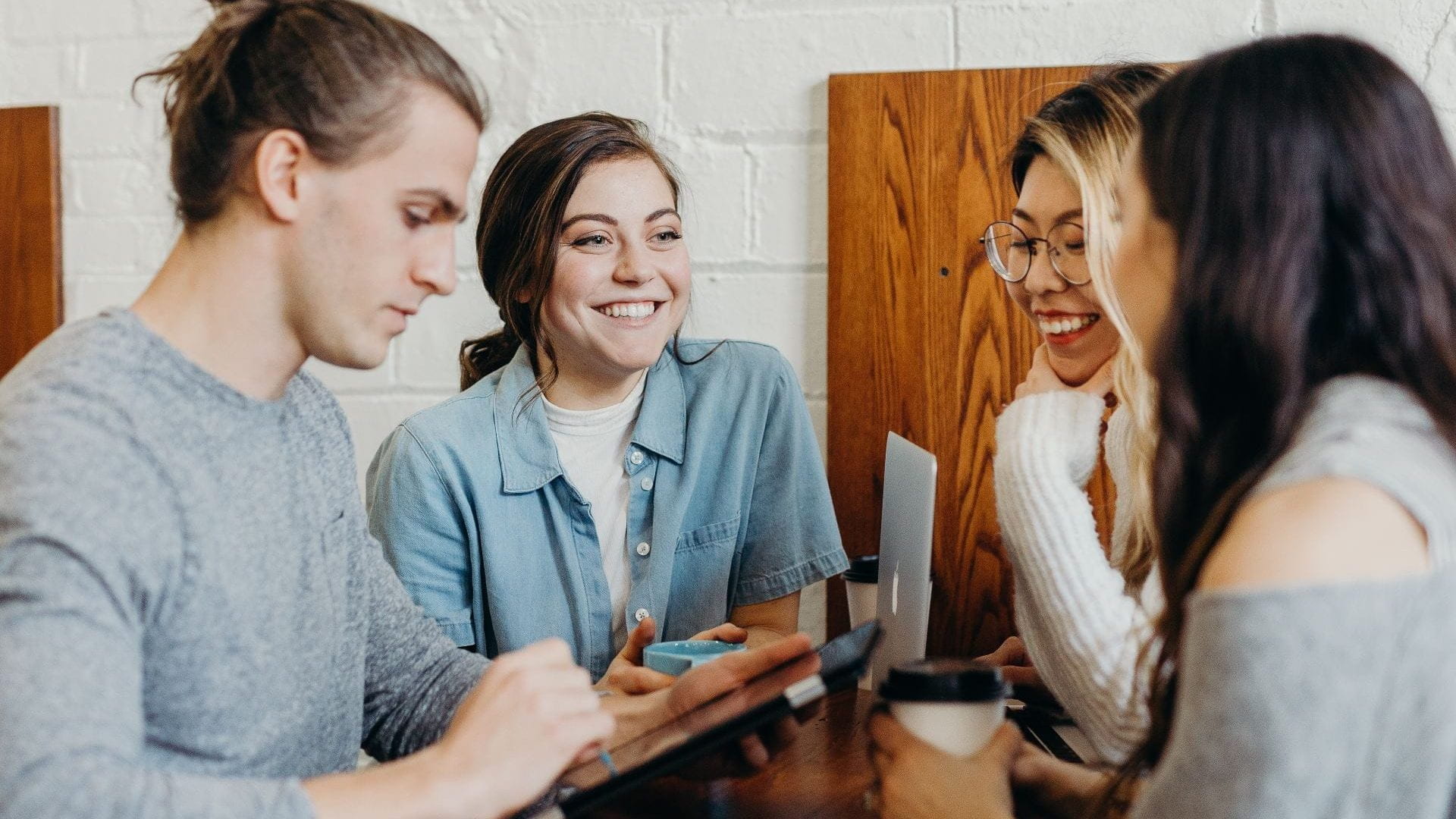Relational learning in practice
A showcase teaching practices in creating learning environments and experiences to build and sustain relationships with students.
There are several key questions that are helpful as we consider how we create the learning environments and experiences which will build and sustain these relationships. For example, how do different teaching approaches enable students to build connection with their discipline, with their teachers, with their peers, with place and with their evolving sense of themselves? How do the choices we make as educators contribute to the sense of belonging and meaning needed for student success?

Image credit: Brooke Cagle on Unsplash
How might staff support relational learning in their practice?
Suggested activities:
- Create opportunities for cohort building within or across programmes.
- Encourage collaborative practices that maximise students’ opportunities to engage with and learn from their peers.
- Develop learning environments where students and staff are relationally and actively engaged.
- Support place-based learning with environments and communities and establish links with work contexts (where practical)
- Locate learning ‘in time’.
Teachers might:
- Explore practical applications of mātauranga, kaupapa Māori pedagogies, and Te Tiriti in teaching.
- Practice Indigenous pedagogies that centre Pacific values and knowledge systems, such as ako (which means both to learn and to teach) as a process that involves learning and reflecting,1 where both the learner and teacher benefit from the sharing of knowledge.2
- Provide opportunities for learners and teachers to dialogue about the learning experience.
- Make use of quality blended learning designs that embrace connectivity and participation.
Relational learning in practice
Teaching Tip: Link theory to lived experience through place-based assessment
Inspired by Anthony Gampell’s ‘SUSTAIN Citizenship Portfolio’, this adaptable activity invites students to engage with their physical environment and respond through creative and reflective outputs.
Insights: Scaffolding academic writing through AI-powered formative feedback
Jet Tonogbanua uses an AI agent with his students to provide instant writing feedback, helping them to build confidence using AI (and in their own abilities), reflect on feedback, and take ownership of their writing.
Teaching Tip: Start the semester with a personal learning survey
Adapted from Chris McMillan’s sociology course, this low-effort strategy builds trust and connection in your classroom from day one—no tech required.
Teaching Tip: Boost engagement through interactive student poster sessions
Adapted from Christopher Squire’s biochemistry class, this hands-on group activity promotes creativity, discussion, and a fresh approach to engaging with course content.
Page updated 12/09/2025 (minor edit)
- Morrison, Sandra L., and Timote M. Vaioleti. “Ako–A traditional learning concept for Maori and Pacific youth, and its relationship to lifelong learning.” Bildung und Erziehung 64, no. 4 (2011): 395-408. ↩
- Tomoana, Ria, and Whitireia New Zealand. “Sharing successful teaching and learning strategies for Māori, Pacific, and Youth learners.” Whitireia, New Zealand: An Ako Aotearoa Publication (2012). ↩




